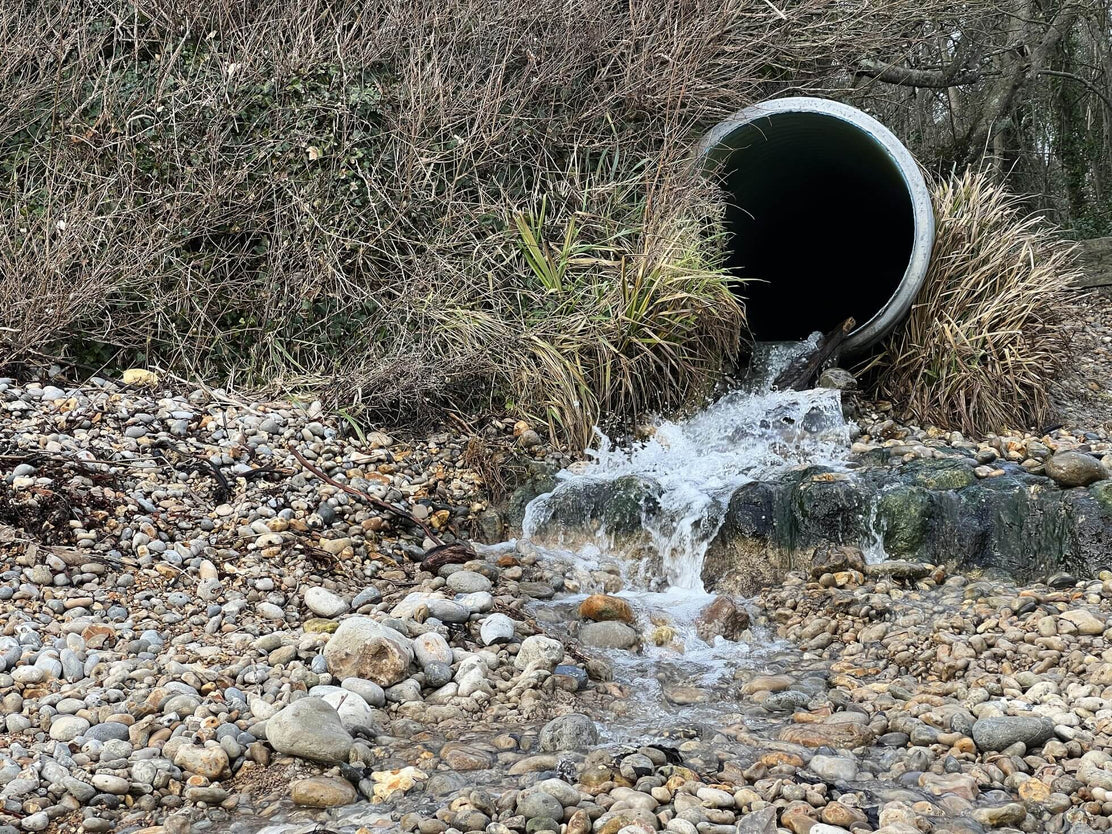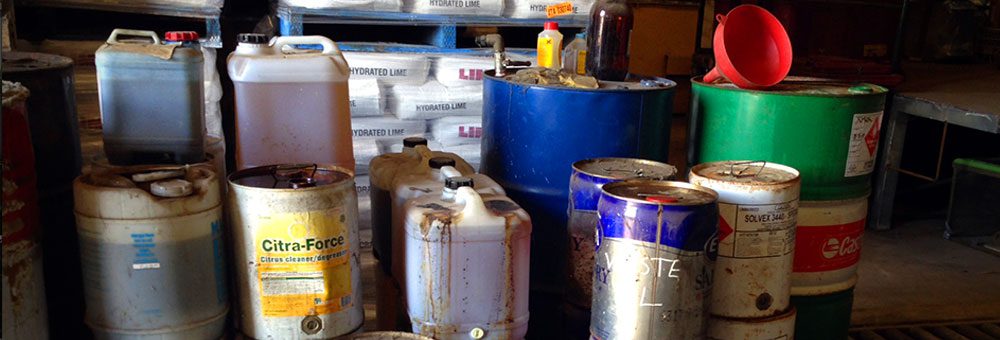Leading Industrial Wastewater Treatment Solutions: Making Certain Compliance and Efficiency
Leading Industrial Wastewater Treatment Solutions: Making Certain Compliance and Efficiency
Blog Article
Just How Liquid Waste Disposal Functions: An In-depth Review of Strategies and Technologies Employed

Review of Fluid Waste Kind
The complexity of liquid waste types necessitates a detailed understanding of their characteristics and implications for disposal. Liquid waste can broadly be classified right into a number of kinds, consisting of commercial, community, agricultural, and contaminated materials. Each group exhibits unique homes, needing specific management approaches to reduce ecological and health dangers.
Industrial liquid waste originates from producing processes and commonly contains a variety of impurities, such as heavy steels, solvents, and natural substances. Municipal liquid waste, mostly comprising wastewater from households and commercial establishments, includes raw material, nutrients, and microorganisms (industrial wastewater treatment). Agricultural liquid waste, consisting of runoff from farms, might have fertilizers, pesticides, and pet waste, posturing threats to water top quality and ecosystems
Hazardous fluid waste is identified by its toxicity, sensitivity, or prospective to cause damage. Understanding these varied liquid waste kinds is vital for establishing effective disposal approaches and guaranteeing compliance with ecological laws.
Physical Treatment Approaches

Testing is the preliminary action, where larger fragments and particles are gotten rid of from the liquid waste making use of screens or grates. In sedimentation containers, heavier particles work out at the bottom, developing a sludge layer, while the cleared up fluid can be additional treated.
Purification is one more crucial approach that involves passing the liquid via porous products, such as sand or membranes, to record smaller fragments. This action improves the high quality of the liquid, making it appropriate for succeeding treatment processes.

Chemical Treatment Methods
Chemical treatment strategies are essential for efficiently taking care of liquid waste, particularly in resolving dissolved and colloidal pollutants that physical methods might not appropriately remove. These strategies utilize various chemical representatives to reduce the effects of, speed up, or transform hazardous materials into much less harmful types.
One common approach is coagulation and flocculation, where chemicals such as alum or ferric chloride are included in promote the gathering of suspended particles. This procedure boosts sedimentation, permitting simpler removal of the resulting sludge. Furthermore, oxidation processes, using agents like chlorine or ozone, are used to damage down intricate organic compounds and virus, rendering the waste safer for discharge or more treatment.
Neutralization is one more essential technique, which changes the pH of acidic or alkaline waste streams to neutral levels, protecting against possible injury to downstream systems and the setting. Moreover, progressed oxidation procedures (AOPs) make use of mixes of oxidants and ultraviolet light to deteriorate relentless toxins, achieving a higher degree of therapy performance.
Organic Therapy Procedures
Organic treatment processes play a crucial role in the monitoring of liquid waste by utilizing microorganisms to decay natural matter and reduce pollutant levels. These procedures can be generally categorized into aerobic and anaerobic therapies, each employing certain microbial communities to accomplish reliable waste destruction.
Aerobic therapy includes making use of oxygen to help with the break down of natural materials by germs. This procedure is generally implemented in triggered sludge systems, where oygenation tanks offer a conducive environment for microbial growth, bring about the oxidation of natural contaminants. The resultant biomass can be separated from treated effluent through sedimentation.
On the other hand, anaerobic therapy takes place in important link the absence of oxygen, relying upon different microorganisms to damage down raw material. This approach is particularly useful for high-strength waste, as it generates biogas, a renewable energy resource, while reducing sludge manufacturing. Technologies such as anaerobic digesters are frequently employed in community and commercial applications.
Both anaerobic and cardiovascular organic treatments not only minimize the environmental influence of fluid waste however additionally help with resource recuperation, making them important components of lasting waste monitoring strategies. Their effectiveness, performance, and adaptability support their extensive application throughout numerous fields.
Emerging Technologies in Disposal
Cutting-edge strategies to fluid waste disposal are quickly progressing, driven by improvements in technology and a raising focus on sustainability. Amongst these arising innovations, membrane layer bioreactors (MBRs) have actually gotten grip for their capability to integrate organic treatment with membrane layer filtering, causing top notch effluent that can be reused in various applications. MBRs make it possible for smaller sized footprints and a lot more efficient procedures contrasted to traditional systems.
Another encouraging advancement is using anaerobic food digestion incorporated with nutrient recuperation innovations, which not only treats liquid waste however also produces biogas and recovers useful nutrients like nitrogen and phosphorus. This double benefit boosts resource effectiveness and reduces ecological effect.
In addition, progressed oxidation processes (AOPs) are being taken on for the destruction of complicated natural pollutants. These approaches make use of effective oxidants and stimulants to break find out this here down pollutants at the molecular level, supplying an extremely efficient remedy for difficult waste streams.
Additionally, the combination of expert system and device learning in waste management systems is maximizing operational efficiency and predictive maintenance, causing minimized prices and enhanced ecological conformity. These technologies mirror a significant change in the direction of more effective and lasting liquid waste disposal practices.
Verdict
In conclusion, effective fluid waste disposal necessitates a detailed understanding of different techniques and modern technologies. By continually progressing these approaches, it ends up being possible to resolve the expanding difficulties connected with liquid waste, eventually contributing to environmental protection and resource healing.
Liquid waste disposal is a crucial facet of environmental administration, needing a detailed understanding of various techniques and innovations tailored to various waste types. Fluid waste can broadly be classified right into a number of types, consisting of you can check here industrial, community, agricultural, and hazardous waste. Agricultural liquid waste, including overflow from farms, may include fertilizers, pesticides, and animal waste, positioning dangers to water high quality and ecosystems.
Various physical treatment techniques play an important role in managing fluid waste effectively - industrial wastewater treatment.In conclusion, reliable fluid waste disposal demands an extensive understanding of different strategies and innovations
Report this page